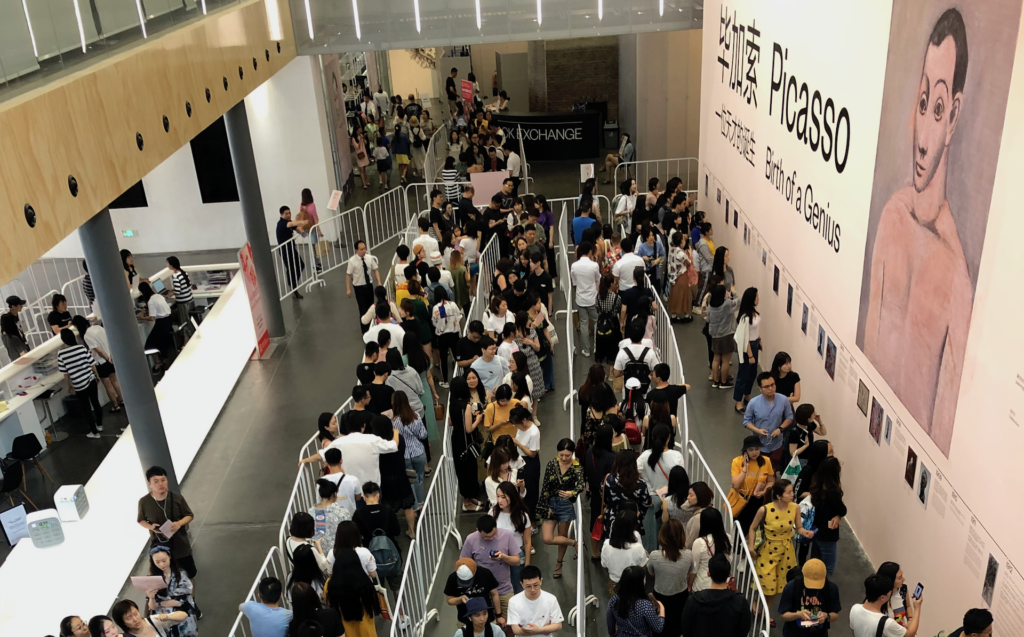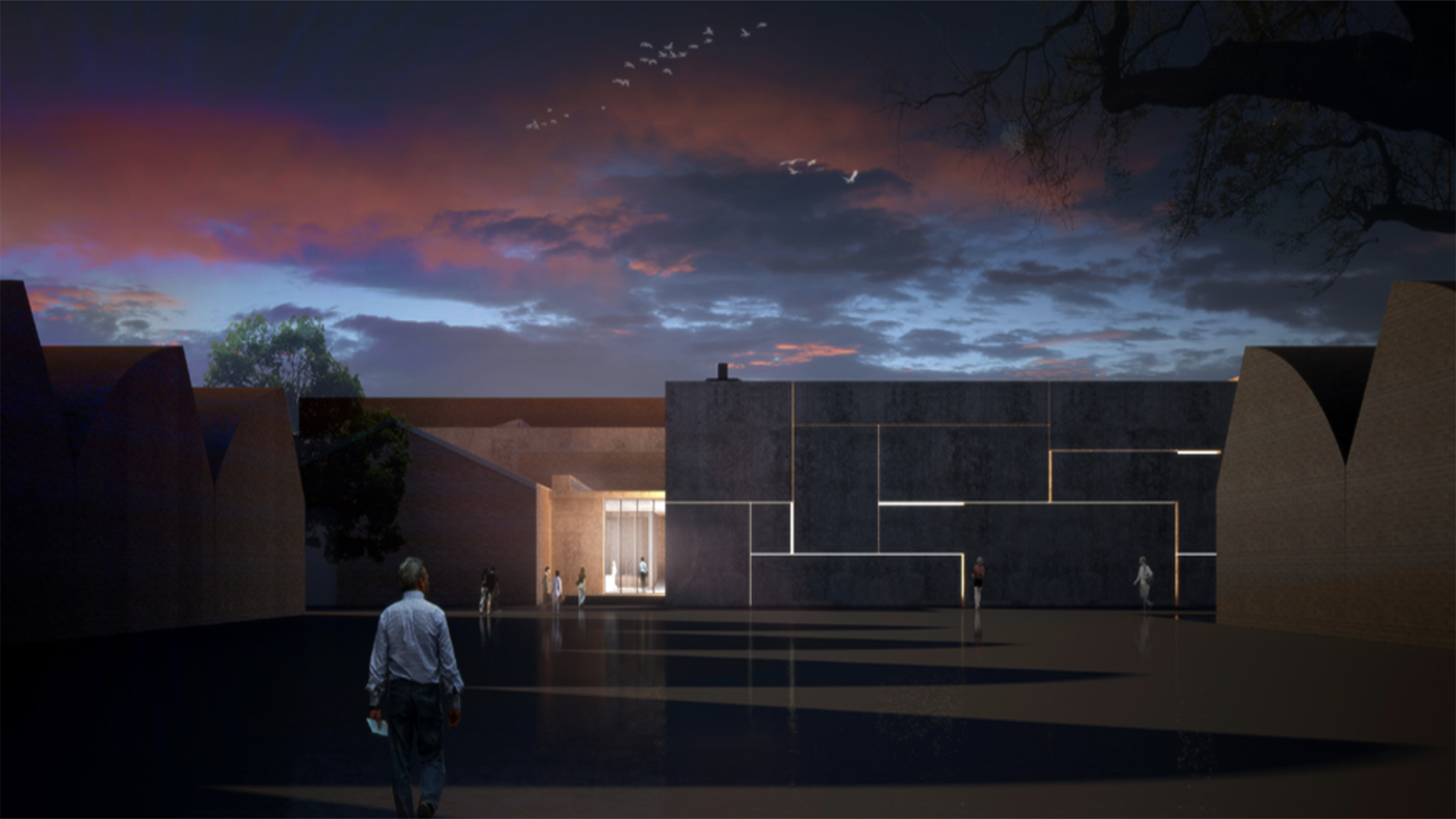In May 1932, Pablo Picasso was an early arrival to the opening night of Alberto Giacometti’s first one-man show at Galerie Pierre Colle — a space synonymous with Paris’ Surrealist movement of the day. Months later, the Swiss sculptor noted multiple visits to a seminal Picasso exhibition at Zurich’s Kunsthaus in his diary, lending further evidence to the mutual admiration between the two titans of 20th-century art.
Ninety years later, this connection is being rekindled, albeit, 5,000 miles away in Beijing’s 798 Arts District. A three-way agreement between the Picasso Museum, the Giacometti Foundation, and Sevenstar Group (a semiconductor company with a penchant for cultural investment) will create a new museum devoted to the artists. It’s the latest in a series of high-profile permanent arrivals in the country, with the only surprise being that the Parisian institutions chose Beijing over the nation’s cultural capital of Shanghai.
While the propriety of French cultural institutions establishing international branches sparked national debate in the mid-2000s, such concerns appear to have dissipated in the face of raw financial interests. From Andy Warhol to Anish Kapoor, exhibitions of high-profile Western artists have become ubiquitous across Chinese metropolises. The 100,000 visitors who attended “Picasso: Birth of a Genius” in its opening month at UCCA Beijing this summer were the latest proof that today’s urban Chinese are eager for more exposure to Western art, and French institutions, in particular, are proving adept at capitalizing on their cultural cache with this market.

Centre Pompidou x West Bund Museum opened in Shanghai on November 8. Image: Centre Pompidou x West Bund Museum. Project Sunset aerial view © All rights reserved
The Centre Pompidou opened an annex along Shanghai’s seven-mile cultural corridor earlier this month and the Rodin Museum announced it would open a partner institution in the southern city of Shenzhen in the next two to three years. These projects may be commercial in outlook, but they rely on active political partnerships in China and are a product of French cultural diplomacy. President Emmanuel Macron eulogized the longevity of Sino-French friendship at Pompidou’s Shanghai opening, and the French Minister of Culture, Franck Riester, was equally glowing at the signing ceremony for the Picasso Giacometti Museum. As the saying goes: all art is political.
The location choice is also telling. The 798 Art District stands at the heart of Beijing’s cultural scene, and the announcement echoes the original wave of international galleries (beginning with Galleria Continua in 2004) that opened in the arts quarter to cater to a newly affluent class of consumers.

UCCA’s latest Picasso exhibition in summer 2019 was the largest to ever be held in China. Photo: UCCA
This time, the focus is more on millennials than millionaires, but the ambitions are equally as grand. The museum will be housed in 798 CubeProject Space, which was designed by renowned Chinese architect Zhu Pei and infuses traditional Chinese courtyard aesthetics into the walls of a former factory. The two institutions have pledged to hold four annual exhibitions by drawing from their vast collections of masterworks. One should expect roving lines and a social media frenzy when the museum opens in June 2020.
Although this isn’t the first time Picasso and Giacometti have been placed in posthumous conversation (the pair was the subject of a 200-artwork exhibition in Paris in 2017) this union promises to be longer-lasting.



